FIVE GREAT WAYS TO NURTURE YOUR INNER HUNTER & GATHERER: Wildcrafting, wildwatching, birding, cloudspotting, stargazing
Most of us have some kind of barrier to getting outside. Time, work, lack of knowledge. But biologically, we’re all still hunters and gatherers. So how do we feed that gene? Hunting and fishing are the traditional ways. Many families bond through these outdoor activities. In fact, fishing is still the number one gateway activity that connects kids to nature. But hunting and fishing aren’t everyone’s cup of chamomile tea. You do have alternatives.

• Wildcrafting: A term which originally meant gaining skill and knowledge in wilderness survival, “wildcrafting” has come to be used more specifically as the hunting and gathering of plants in their wild state, for food, herbal medicines or crafts. This isn’t your mother’s leaf pressing (that’s fun, too), but a more sophisticated interaction with nature, requiring patience, careful observation and a cultivated knowledge of species identification.
Ethical, safety-conscious wildcrafting connects children to nature in a direct way, helps explain the sources of food and teaches them the basics of sustainability. John Lust, in “The Natural Remedy Bible,” advises that wildcrafters “harvest where the plant appears to be thriving, as that is where we will be able to find the strongest plants,” and to “be sure to leave enough so that the plant can easily recover its growth.” Careful wildcrafting, he argues, can be practiced “in such a way as to aid the growth of wild plants by judicious thinning and pruning.”
• Wildwatching: You can observe raccoons in the backyard (don’t feed them), and even coyotes in urban areas. Observing wild animals can be a great hobby; it stimulates the senses, teaches you how to move quietly in woods or fields, and connects you more intimately to where you live. Some people combine wildwatching with drawing or journaling.
Because of advances in camera technology, wildwatching may become even more popular in the future. Nature photography is a terrific way for a child or family to reconnect with nature. Digital cameras dramatically reduce the cost of experimental photos of birds, worms, beetles, and small feet. Some wildwatchers use hidden nighttime cameras. Post your “catch” online.
• Birding: Birding is a specialized form of wildwatching. Traditionally a hobby for mature adults, it can also be a great activity for children and their parents. For a child who is primarily an audible learner, or whose eyesight is challenged, birding can be an especially direct way to experience nature. Little Teddy Roosevelt, with his poor eyesight as a child, could imitate hundreds of birdcalls and did so even when he became president of the United States. In contrast to some other outdoor activities, birding may be gaining ground with young people. Part of this growth is due to the advent of compact field guides and digital cameras, as well as electronic applications that help simplify species identification in the field. But specialized gear is not required.
Mothering magazine offers some useful advice: “Don’t rush to the library for a book; let your young scientist learn to see and record the information firsthand…Make a list or chart to note down the same observations for each different type of bird. In this way, your child will learn to rely on firsthand observations and knowledge building….”Young birders can also help protect species by participating in Cornell University’s FeederWatch program. Sign up now for the 2012-2013 season. And here’s a Cornell guide on teaching birding to K-12 students: Teaching Bird ID.
•Stargazing: One way to hunt and gather with eyes alone – or eyes and a telescope or binoculars. “Stargazing . . . bonds you, links you, fuses you to all the people who have ever lived on this planet. . . . You are the stuff of stars. The atoms that shape you were once the dust and gas of ancient stars,” writes Jack Troeger, who initiated the Dark Sky Initiative, arguing that the overuse of artificial light wastes energy, disrupts the sleeping or migration patterns of wildlife and contributes to climate change. “The stars you see tonight are the same stars your ancestors saw thousands of years ago,” ancestors who were, indeed, hunters and gatherers.
• Cloudspotting: Cirrus, cumulonimbus, and altostratus “come to remind us that the clouds are Nature’s poetry, spoken in a whisper in the rarefied air between crest and crag,” according to “The Cloudspotter’s Guide,” by the Britisher Gavin Pretor-Pinney, who launched the Cloud Appreciation Society in 2004. He’s passionate about clouds, and expresses it with a sense of humor: “At The Cloud Appreciation Society we love clouds, we’re not ashamed to say it and we’ve had enough of people moaning about them.” The society’s manifesto makes a stand against “the banality of ‘blue-sky thinking.’” Cloudspotting is available to anyone, even a child in a hospital bed. All you need is a view of the sky. And to look up.
All of these activities expand the senses and help our children become better learners, better observers, and better people – no matter what barriers they might face.
-
Network News
POLICY UPDATE: Policy and advocacy for the children and nature movement
-
Voices
Binoculars, bald eagles and my journey as a Black birder
-
Richard Louv
THE WONDER BOWL: Ten Spring and Summer Nature Activities for Kids and Adults
-
Network News
Minneapolis Spotlight: The promise and possibilities of parks for youth
-
Voices
Why nature is my motherhood ally


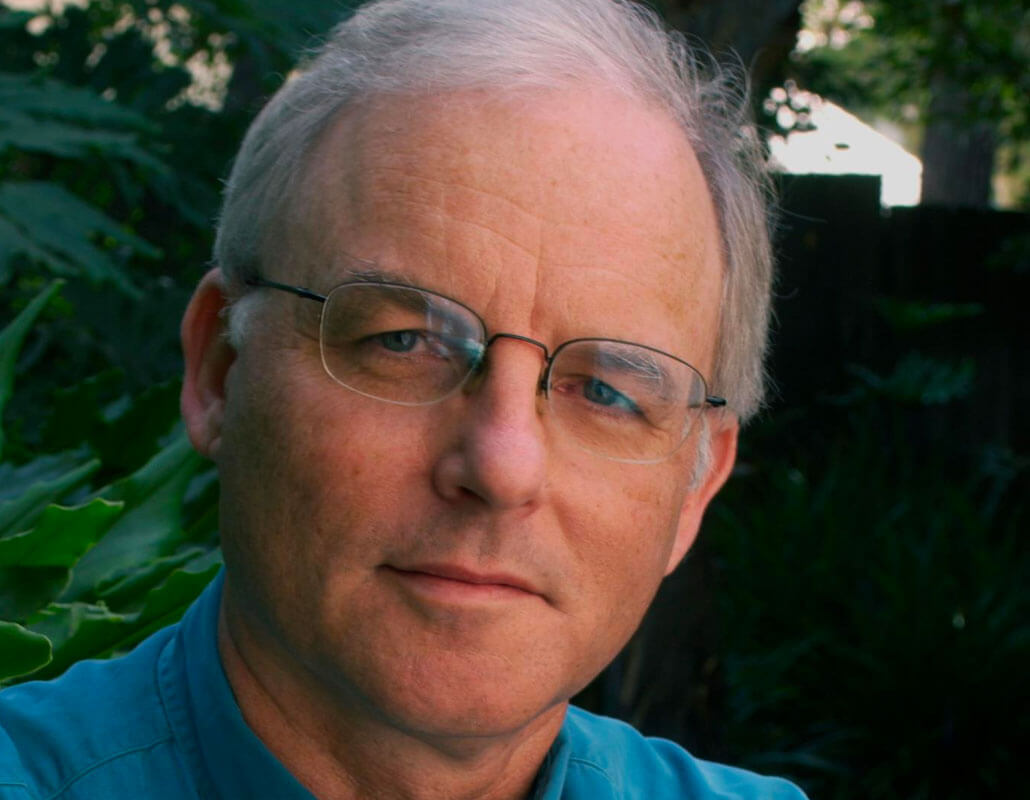
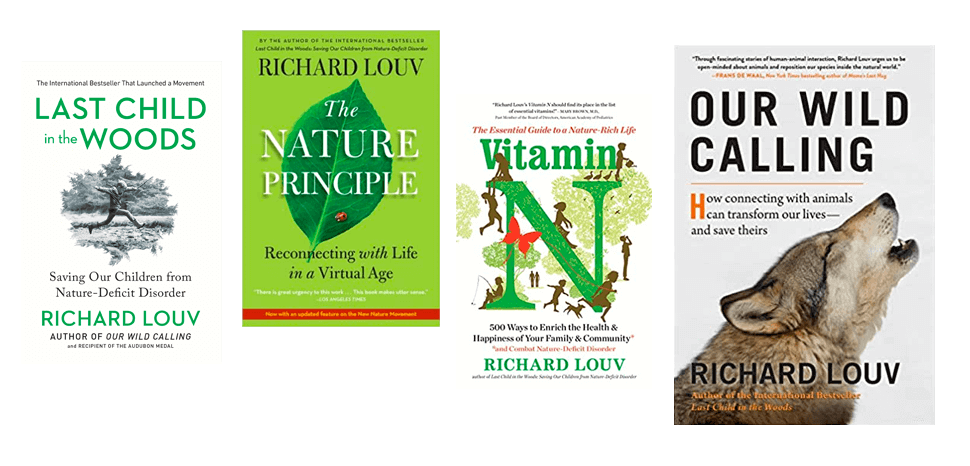
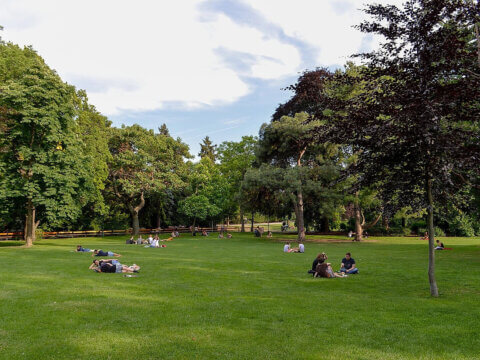
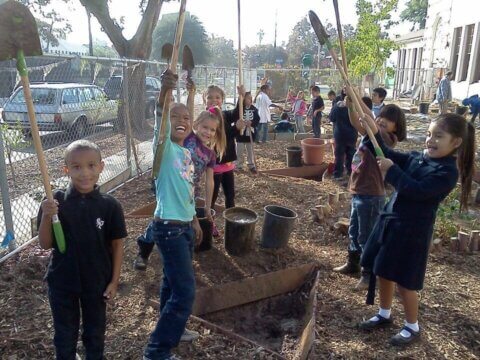
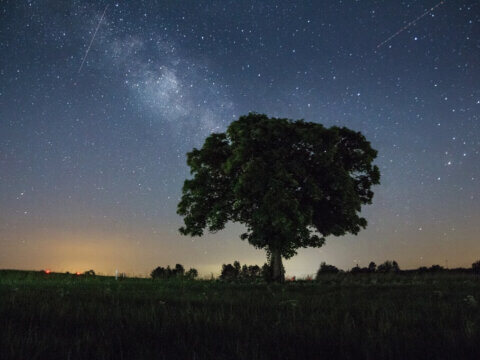
Commentaries on the C&NN website are offered to share diverse points-of-view from the global children and nature movement and to encourage new thinking and debate. The views and opinions expressed are those of the author(s) and do not necessarily reflect the position of C&NN. C&NN does not officially endorse every statement, report or product mentioned.